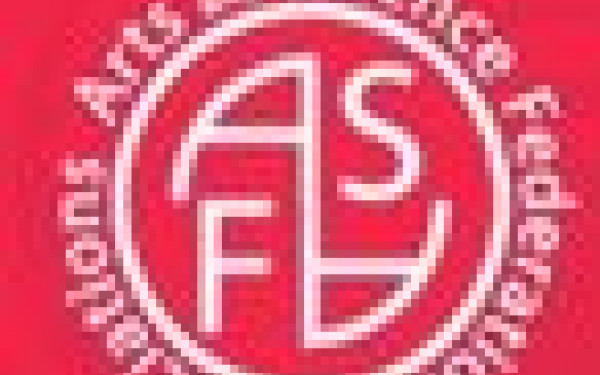Math students assocation won’t leave asfa
The last two council meetings were like night and day for the Math and Statistics Student Association, who are actively seeking accreditation.
A member of the Arts and Science Federation of Associations, MASSA shook up the Dec. 9 council meeting after it was revealed they were seeking to become accredited—that is to say, legally recognized by the Quebec government as a corporation. According to those present, it was insinuated that MASSA could no longer be represented by ASFA if they were to become accredited.
“We don’t want to undermine or leave ASFA; we want a partnership,” said MASSA executive Bruno Joyal at the Dec. 9 meeting. “I think the big question is: how can we fit within ASFA as a financially independent student association?”
Aiming to give students more direct control over how their annual budget is spent, MASSA made the move and is currently acknowledged as a company—the Actuarial Mathematics, Statistics and Mathematics Student Associations.
“We are a non-profit organization ready to be recognized by the students when we ask them. This is a first major step,” said Joyal on Jan. 17, explaining that they have until March 15 to hold a referendum.
Now waiting on accreditation agents, MASSA requested permission to have a “mobile referendum” that can be carried from class to class. Quorum is slated at 25 per cent—approximately four times higher than a Concordia Student Union election—but Joyal is confident that it will pass.
“I’ve had quite the positive response [from students],” he said. “From the way we’re presenting it, they’re actually surprised that it hasn’t always been like this.”
Currently, a financial committee within ASFA controls the allocation of the budgets of its 27 constituent members, and financial bylaws prohibit MAs from operating an independent bank account or fee levy—rules that were put in place to prevent misuse of funds.
“I think that the way in which we divide our funds is the fairest possible way. We do it altruistically based on the amount of students in each department that our MAs represent,” said ASFA President Aaron Green, adding that the only way to ensure transparency and accountability from MAs is to enforce their financial bylaws.
“I want to emphasize that we have a lot of checks and balances at ASFA that the MAs don’t have. There’s a lot that can go wrong with a student association when they’re not enforced to the extent that they are,” he continued.
If MASSA’s referendum passes, however, they may be in conflict with the bylaws as they stand.
“At the [Dec. 9 meeting], I said clearly that it wasn’t our intention and still isn’t to violate any of ASFA’s bylaws,” said Joyal. “But at the same time we need to be responsible for our own affairs. I’m not suggesting that the ASFA bylaws be scrapped, but under certain circumstances, it should be possible for us or any other MAs to take care of their own business.”
The stress seemed to dissipate at the Jan. 13 meeting, however, as a motion was passed that would require ASFA to reevaluate its position with respect to membership of accredited associations seeking to maintain a partnership with ASFA. Seen by many MAs as a more progressive step forward by ASFA, the internal committee will be meeting with MASSA in the near future to discuss where to go from here.
“It’s just about people opening their minds and realizing, look: bylaws can change,” said Melanie Hotchkiss, an ASFA councillor from the School of Community and Public Affairs, who congratulated MASSA at the Jan.
13 meeting for their engagement with their students.
“It would really be ‘the death of ASFA’ if ASFA turned their back on accredited MAs,” she continued. “But if ASFA can embrace this idea that associations should become more active, independent, stronger and more organized [at the student level], it might just make ASFA a better place.”Joyal agreed. “I don’t understand why this seemed like an attack on ASFA,” he said. “If anything, it’s a challenge to the structure, but it’s not an attack. It’s important to distinguish these things.”
This article originally appeared in Volume 31, Issue 19, published January 18, 2011.

_600_832_s.png)

__600_375_90_s_c1.jpg)

__600_375_90_s_c1.jpg)
__600_375_90_s_c1.jpg)